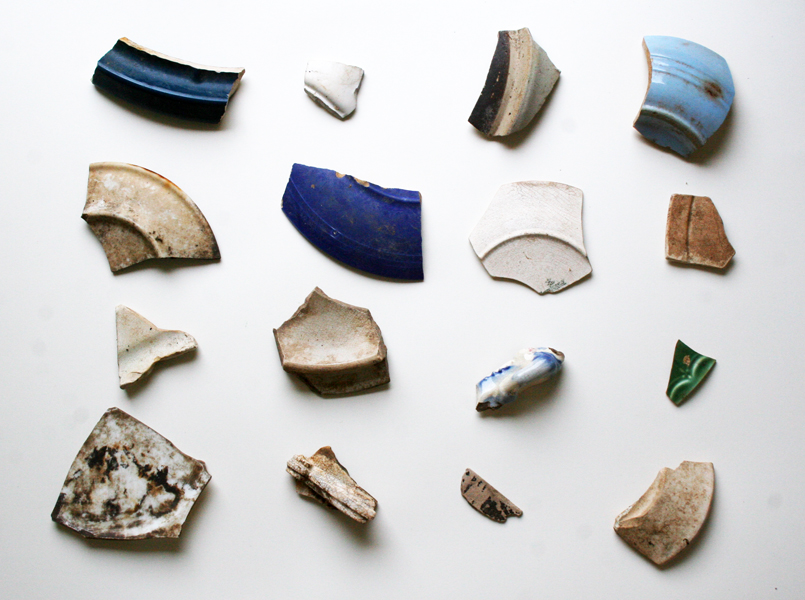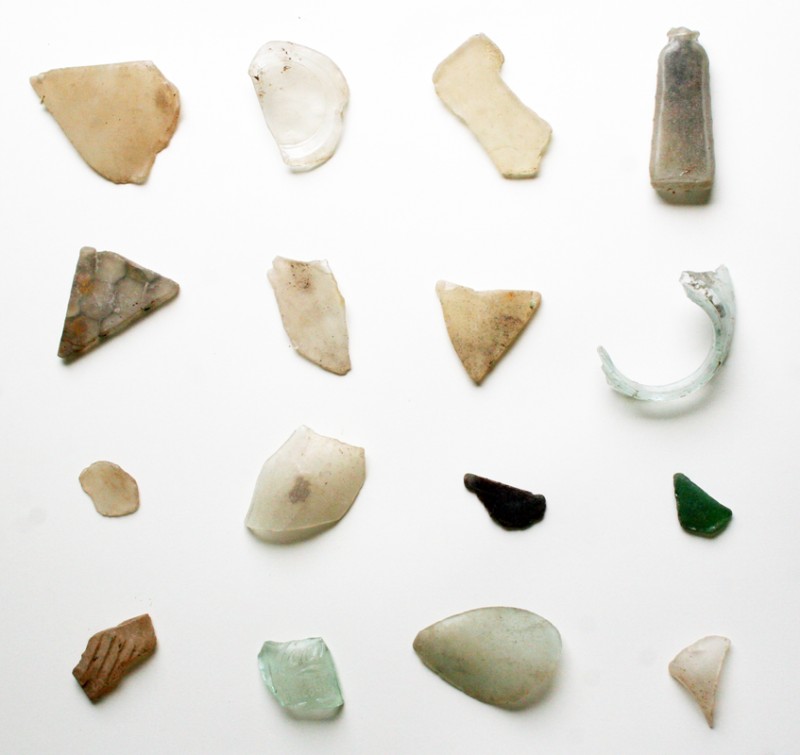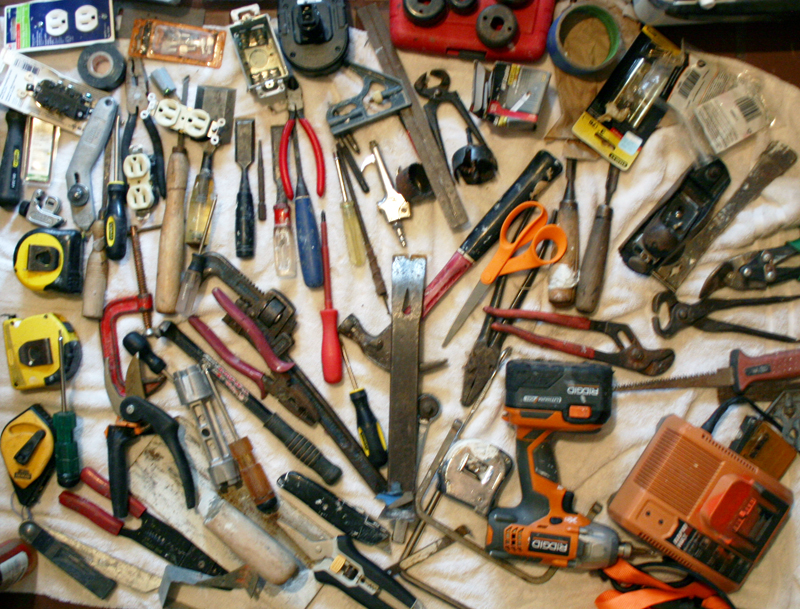In the early part of this century there began to appear, first in France and then in Russia and in Holland, a structure that has remained emblematic of the modernist ambition within the visual arts ever since. Surfacing in pre-War cubist painting and subsequently becoming ever more stringent and manifest, the grid announces, among other things, modern art’s will to silence, its hostility to literature, to narrative, to discourse. As such, the grid has done its job with striking efficiency. The barrier it has lowered between the arts of vision and those of language has been almost totally successful in walling the visual arts into a realm of exclusive visuality and defending them against the intrusion of speech. The arts, of course, have paid dearly for this success, because the fortress they constructed on the foundation of the grid has increasingly become a ghetto. Fewer and fewer voices from the general critical establishment have been raised in support, appreciation, or analysis of the contemporary plastic arts.(The first paragraph from “Grids” by Rosalin Krauss, The MIT press, 1979)
***
Knolling: the process of arranging like objects in parallel or 90 degree angles as a method of organization. To me, they are all grids. The following are some of my Pre-knolled (messy) and knolled objects:
The American sculptor Tom Sachs adopted the phrase “Always be Knolling” (abbreviated as ABK) as a mantra for his studio:Scan your environment for materials, tools, books, music, etc. which are not in use.
- Put away everything not in use. If you aren’t sure, leave it out.
- Group all ‘like’ objects.
- Align or square all objects to either the surface they rest on, or the studio itself.




 Group all like from squrrel bites
Group all like from squrrel bites